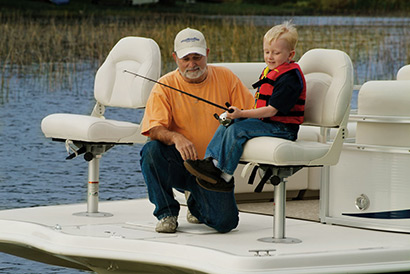

| Pontoon Seats | ||
|---|---|---|
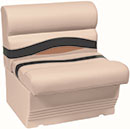
|
Individual Seats |
|
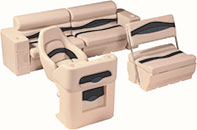
|
Furniture Groups |
|
| Seats Common on Cruisers & Runabouts | ||
|---|---|---|
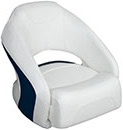
|
Bolster Seat |
|
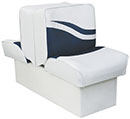
|
Back to Back Seats |
|
| Seats Common on Fishing & Bass Boats | ||
|---|---|---|
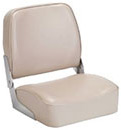
|
Folding Seat |
|
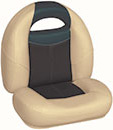
|
Bucket Seat |
|

|
Buddy Seat |
|

|
Bench Seat |
|
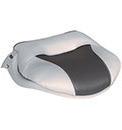
|
Casting Seat |
|
| Seats Common on Offshore Boats | ||
|---|---|---|

|
Helm / Pilot Chair |
|

|
Fighting Chair |
|
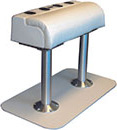
|
Leaning Post |
|
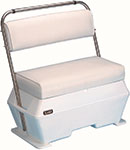
|
Cooler Seat |
|
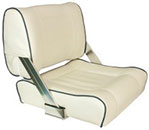
|
Flip-Back Chair |
|
Measure the space where you want your seats and match this with the full dimensions of the seat. DO NOT make the common mistake of just measuring for the cushions.
Keep this number in mind as you shop, it will help to narrow down your search.
If there isn’t enough storage on your boat, consider choosing seats with built-in storage underneath.
If you are replacing seats, especially just a few, then you’ll want to choose something with a similar style as the old seats to maintain continuity in the look and feel.
New boat seats usually don't come with any mounting hardware, so be sure to save screws, bolts, etc. from your old seats. If you do end up needing some replacement hardware, you should be able to find what you need at your local hardware store.
Shopping for seats is also a good time to shop for furniture and accessories, this way you can coordinate with the seats, and save money by purchasing in groups.
The specifics of installing boat seats vary widely depending on seat syle, boat type, and application. Here we provide you with what materials we have available on various seat installations.



Follow this guide to obtain all the measurements you need to select replacement seats for your pontoon boat.
Be sure to take measurements inside the rails, and account for any rail support braces or other obstructions.
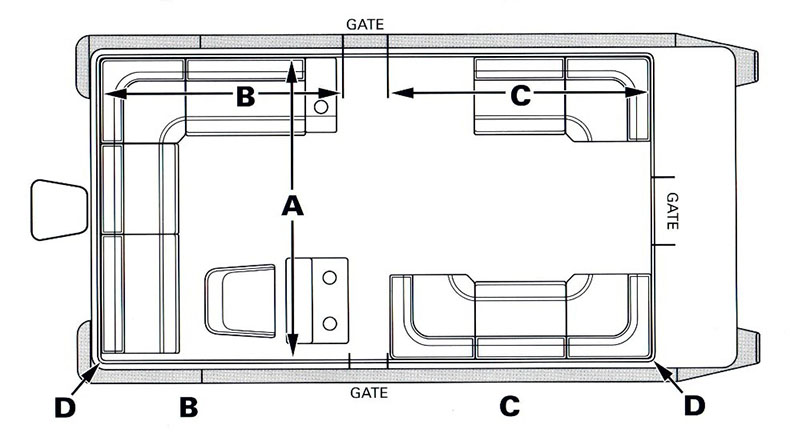
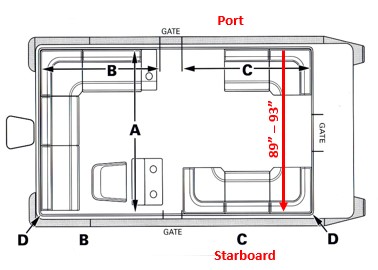
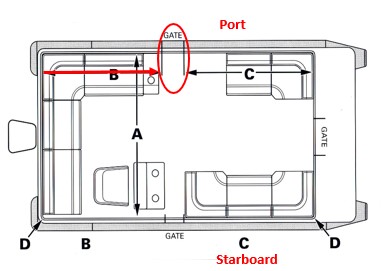
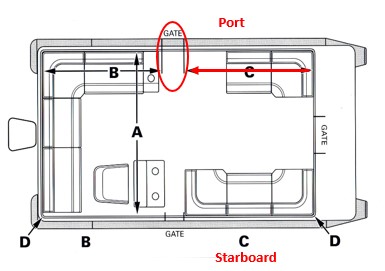
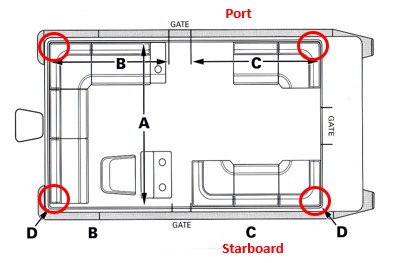
The seat radius is how wide the rounded edge on a corner seat is, and is important to know because you'll want your seat to fit snugly against the railing.
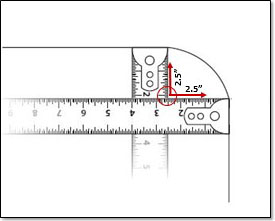
Choosing an approprate seat pedestal can be a confusing task. To help you choose the right pedestal for your application, please refer to our boat seat pedestal application chart.

In addition to different pedestal styles, there are also safety ratings to consider. Since 1996, boat seat pedestals have been categorized by three basic safety standards recommended by the American Boat & Yacht Council or (ABYC). These standards help boaters to choose the safest pedestal to fit their needs. Class A pedestals (both AD & AP) means they can be used at any speed, while class B pedestals should only be used at speeds 5 mph or less, such as when trolling. The graphic and table below explain the three types:
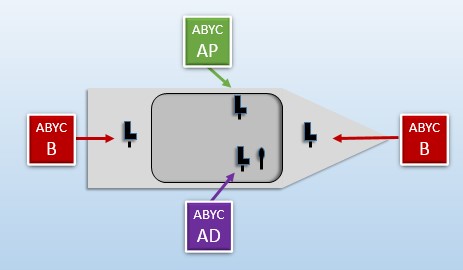
| American Boat and Yacht Council's
Safety Class Ratings for Seat Pedestals |
|
|---|---|
| Class A
Driver (AD) |
|
| Class A
Passenger (AP) |
|
| Class B |
|
Mix and apply to mildew spots, letting it sit for no more than 10 minutes. Scrub with a soft bristle brush and rinse well with soap and water, allowing hte fabric to dry completely.
Fully wet the fabric and then scrub it down with a soft brush or cloth, give it a good rinse with water, and allow the fabric to fully dry.
Get tough spots clean with 303 Fabric & Vinyl Cleaner
Apply 303 High Tech Fabric Guard to the clean, dry surface to protect the fabric from the elements and extend its life.